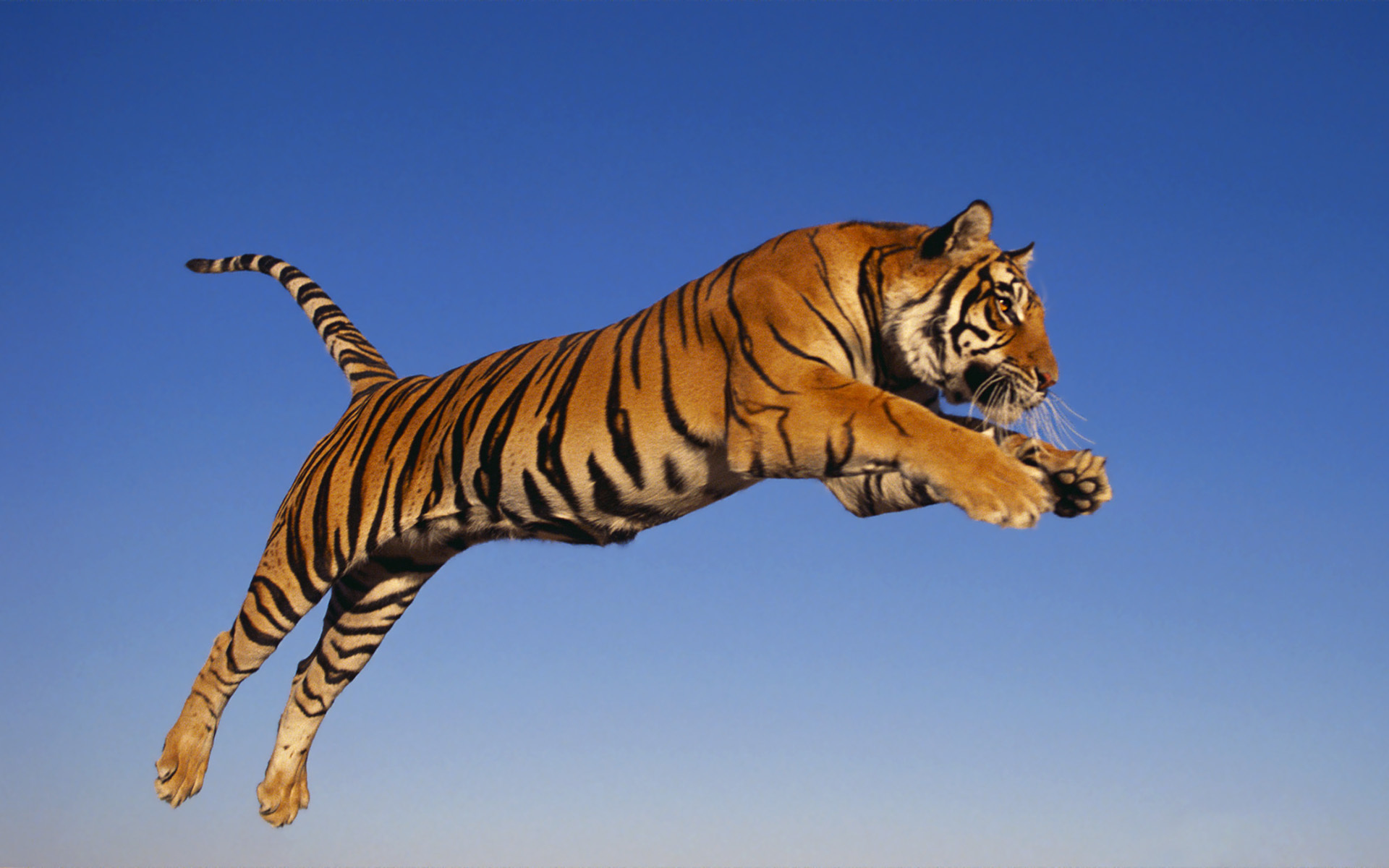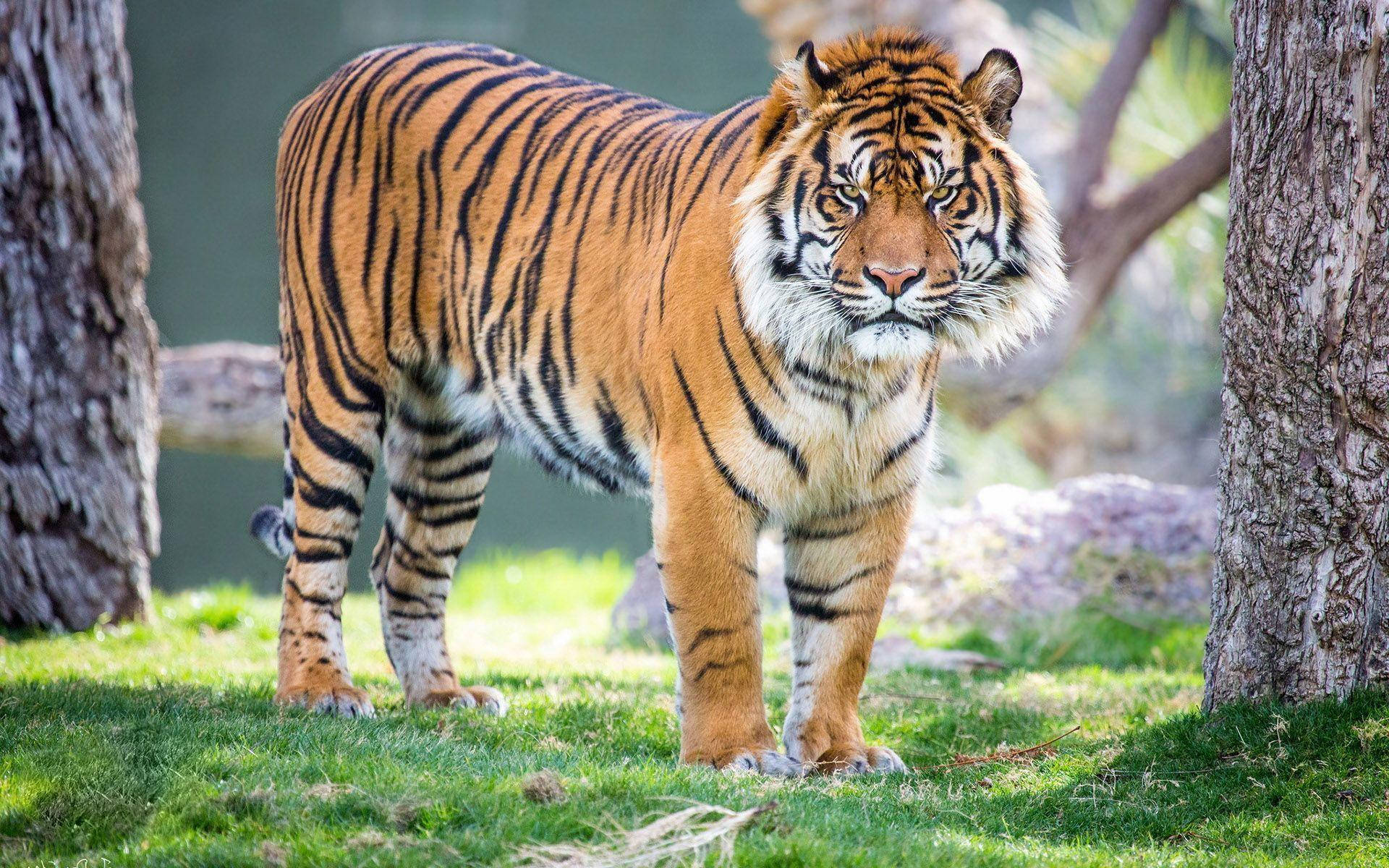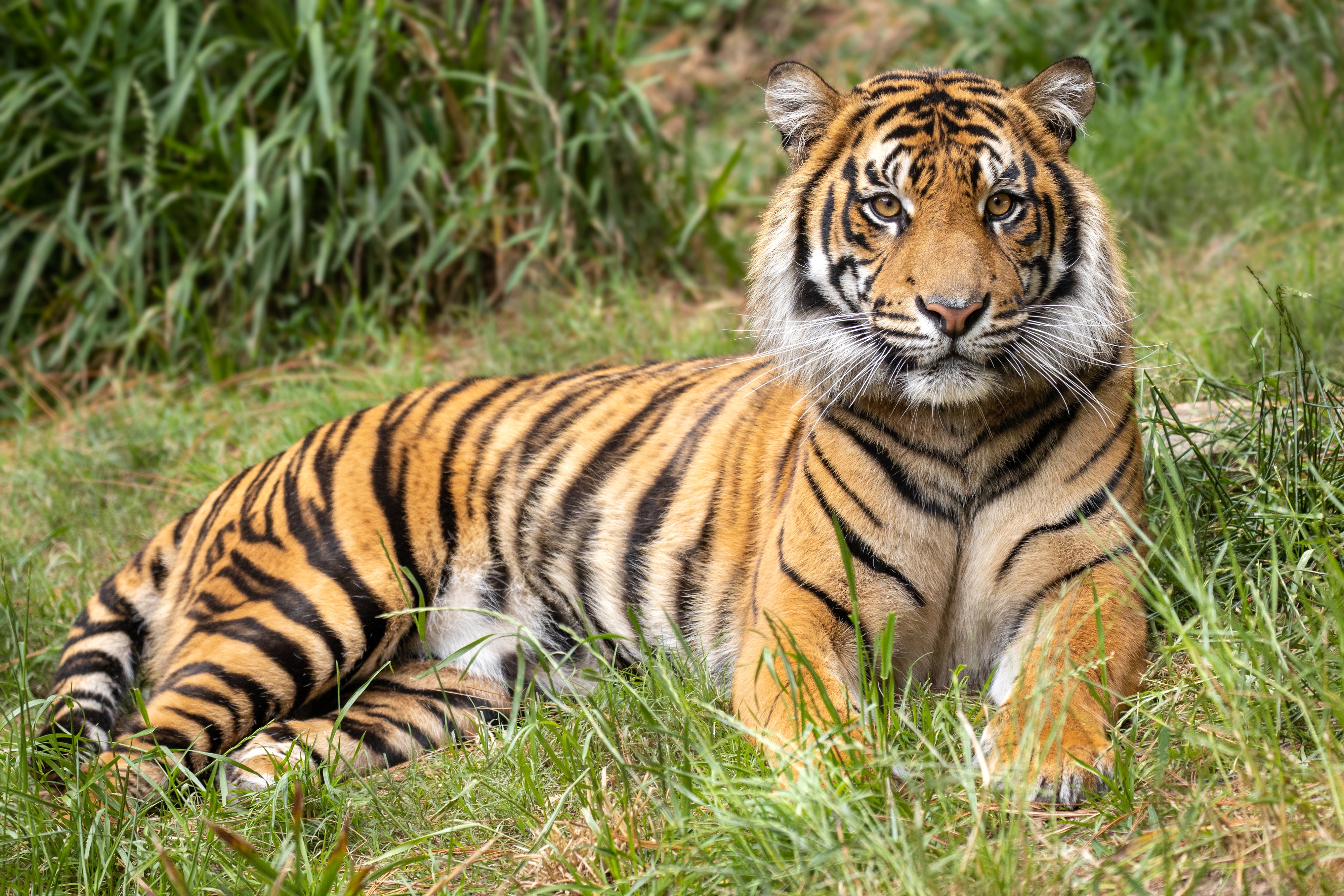
Tigers, the largest members of the cat family, are iconic symbols of strength and beauty. Native to Asia, tigers once roamed across many parts of the continent, but their range has significantly diminished due to habitat loss and poaching. Today, these magnificent creatures are found primarily in isolated pockets across India, Southeast Asia, and Siberia.

Tigers are known for their striking orange coats with black stripes, a pattern that provides effective camouflage in their natural habitats, which range from dense forests to grasslands. Each tiger’s stripe pattern is unique, much like human fingerprints, making it possible to identify individual tigers. This adaptation helps them blend into their surroundings while stalking prey.
There are six surviving subspecies of tigers: the Bengal, Indochinese, Malayan, Siberian (or Amur), South China, and Sumatran tigers. The Bengal tiger is the most numerous, while the South China tiger is critically endangered, with possibly fewer than 20 individuals left in the wild.

Tigers are solitary predators, primarily hunting large ungulates such as deer and wild boar. They rely on stealth and power to ambush their prey, using their strong jaws and sharp teeth to deliver a fatal bite. A tiger’s diet can vary depending on its habitat and the availability of prey, but they typically need to eat about 40 to 60 pounds of meat per meal to sustain their large bodies.

These majestic cats are also proficient swimmers, often found near water bodies where they cool off during the heat of the day and sometimes hunt for aquatic prey. Unlike most other cats, tigers enjoy water and are strong swimmers, capable of traversing rivers and lakes in search of food or territory.
Despite their prowess, tigers face numerous threats from human activities. Poaching for their skins, bones, and other body parts continues to drive illegal hunting, while deforestation and land development lead to habitat fragmentation and loss. Conservation efforts are critical to ensure their survival, involving habitat protection, anti-poaching measures, and breeding programs.

International organizations, governments, and local communities are working together to safeguard these incredible animals. By preserving tiger habitats and reducing human-wildlife conflict, there is hope that future generations will continue to marvel at the beauty and power of tigers in the wild.